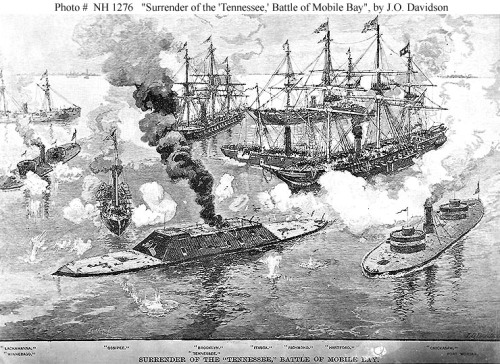You know the drill if you’ve seen any crime show. The police detective “Mirandizes” the accused when he is taken into custody:
You have the right to remain silent.
Anything you say can and will be used against you in court.
You have the right to an attorney before making any statement and may have your attorney with you during questioning.
If you cannot afford an attorney and desire one, the court will appoint one for you.
You may stop the questioning at any time by refusing to answer further or by requesting to consult with your attorney.
When the United States Supreme Court issued its opinion in Miranda v. Arizona [384 U.S. 436] in 1966, many law and order conservatives screamed that the Supreme Court’s opinion imposed unreasonable restraints on state and local law enforcement officers.
Federal law enforcement officers were already providing Miranda-like warnings in custodial interrogations. The Federal Rules of Criminal Procedure required production of an arrested person before a commissioner “without unnecessary delay” and excluded evidence obtained in default of that statutory obligation. At the outset of an interview, the FBI’s established procedures required the investigating agent to advise any suspect or arrested person in a custodial setting that he was not required to make a statement, that any statement may be used against him in court, and that the individual may obtain the services of an attorney of his own choice.
The rationale for the Miranda warnings is rooted in the Fifth and Sixth Amendments to the Constitution. Essentially, the Fifth Amendment provides that no person “shall be compelled in any criminal case to be a witness against himself.” The Sixth Amendment further provides that a criminal defendant shall “have the assistance of counsel for his defense.” Chief Justice Earl Warren explored the “Star Chamber” proceedings in seventeenth century England as the genesis for the Constitutional protections afforded in the Fifth and Sixth Amendments.

One of many posters at the time to impeach Chief Justice Earl Warren.
Warren expressed concern about an accused being questioned by police or prosecutors in a room in which he is cut off from the outside world. Police violence and the “third degree” flourished during the 1930’s and was found by the 1961 Civil Rights Commission to be the rule among some policemen. Warren cited one instance in which Kings County, New York police beat, kicked, and placed lighted cigarette butts on the back of a potential witness for the purpose of securing a statement incriminating a third party.
That federal law enforcement officers succeeded in prosecuting criminals effectively rebutted those who contended that state and local officers could not do their jobs effectively if they had to issue such warnings and had to allow suspects to remain silent and obtain assistance of counsel.
The Warren Court suffered great criticism for “coddling criminals,” but the Justices merely expressed the likely intent of the Founding Fathers, particularly James Madison, who insisted that the Constitution include a Bill of Rights to protect the citizen from overreach by the state.













